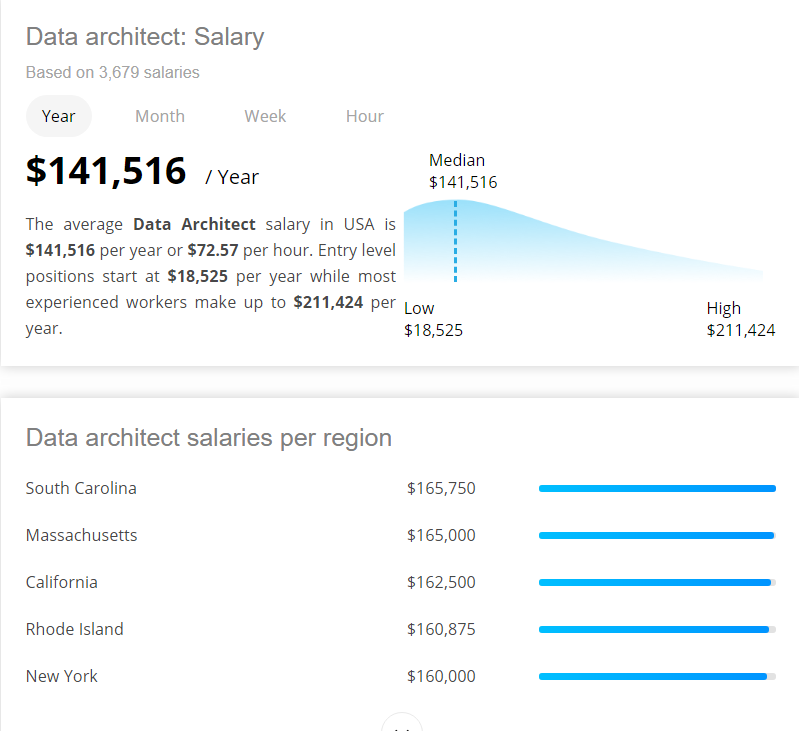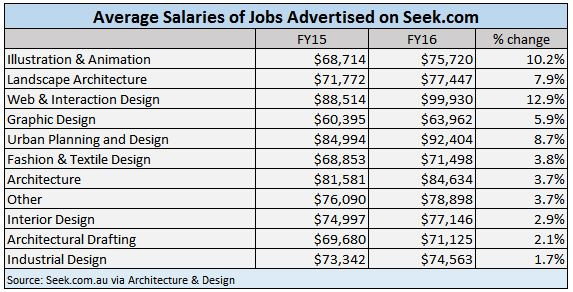

Fifty-nine per cent of practices declared themselves to be optimistic with a further 3 per cent very optimistic, a fall from comparative figures of 68 per cent and 18 per cent the previous year.Ĭhallenges facing practices include the impact of Brexit on recruitment, with 36 practices saying they had been either substantially or severely affected (up from 26) – Foster + Partners reported spending £1 million a year on visa applications and the time involved processing them. There were no closures in the UK, compared with nine the year before.ĭespite a positive overall picture of increasing architectural staff numbers and fees, those surveyed were less optimistic in outlook at the end of 2022 than at the start. Architectural fees from overseas projects paid to UK offices rose by £25 million to nearly £362 million.Įxcluding consolidations, 10 practices reported opening a new office in the UK in 2022, mostly in the north and west of the UK. This rose to £1.5 billion from £1.36 billion, and follows an 8 per cent rise the previous year. This growth accompanies an 11 per cent rise in aggregate architecture fee income to UK offices. The total number of architectural staff permanently employed by AJ100 practices rose by 6 per cent to 13,335. The percentage of women architects rose marginally to 35.9 per cent. AJ100 survey data for 2022 reveals an increase of 5.5 per cent in the number of architects employed, which at 7,425 is the highest number in the survey’s 28-year history.ĪJ100 practices are not only getting bigger, they are getting more diverse, with architects from ethnic minority backgrounds rising from just under 12 per cent to 13.4 per cent after several years of near stagnation. The number of architects employed in the UK by AJ100 practices has soared to a record high, surpassing the previous peak in 2008 as the profession continues to bounce back after the pandemic. The UK’s largest practices have recovered from the impact of the pandemic, according to the findings of the latest AJ100 survey Our thanks to Bruce Tether, professor of management at the Alliance Manchester Business School, University of Manchester, for his analysis of the data. And the cost of the energy crisis has thrown up new challenges. Practices are continuing efforts to evolve their approaches to sustainability. Hybrid home/office working is the new normal.

However, practices are operating differently. As a cohort, the AJ100 now employs more architects than ever, suggesting the profession has bounced back from the pandemic – and then some. The findings of the latest AJ100 survey provide a revealing snapshot of a changing profession. Subscribers can rank, read and compare AJ100 practices’ financial figures and business data – including fee income, staff numbers and percentage of female architects – from 2011 onwards.


 0 kommentar(er)
0 kommentar(er)
